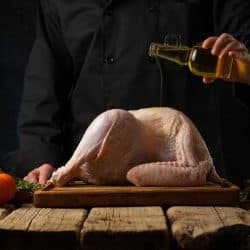Fried food is delicious! It's even better if it's homemade, mainly because you control the process. However, before you get to that fried deliciousness, you need to know how to work with the oil. How long does it take to heat up? If that's your concern, let's go over the details!
The ideal temperature range for heating oil is around 325-350 degrees Fahrenheit. Assuming you're heating the oil on medium heat, it takes about five to ten minutes to do this. Though, that's merely an estimate.
Stoves vary in power. So, it might heat up sooner or later.
Sometimes we can't rely solely on time to tell us when an ingredient is ready. Fortunately, oil has several ways to indicate it's ready for frying food. If the timeframe above doesn't work for you, we can find a method that does! We cover these topics and more. To learn more, keep reading.
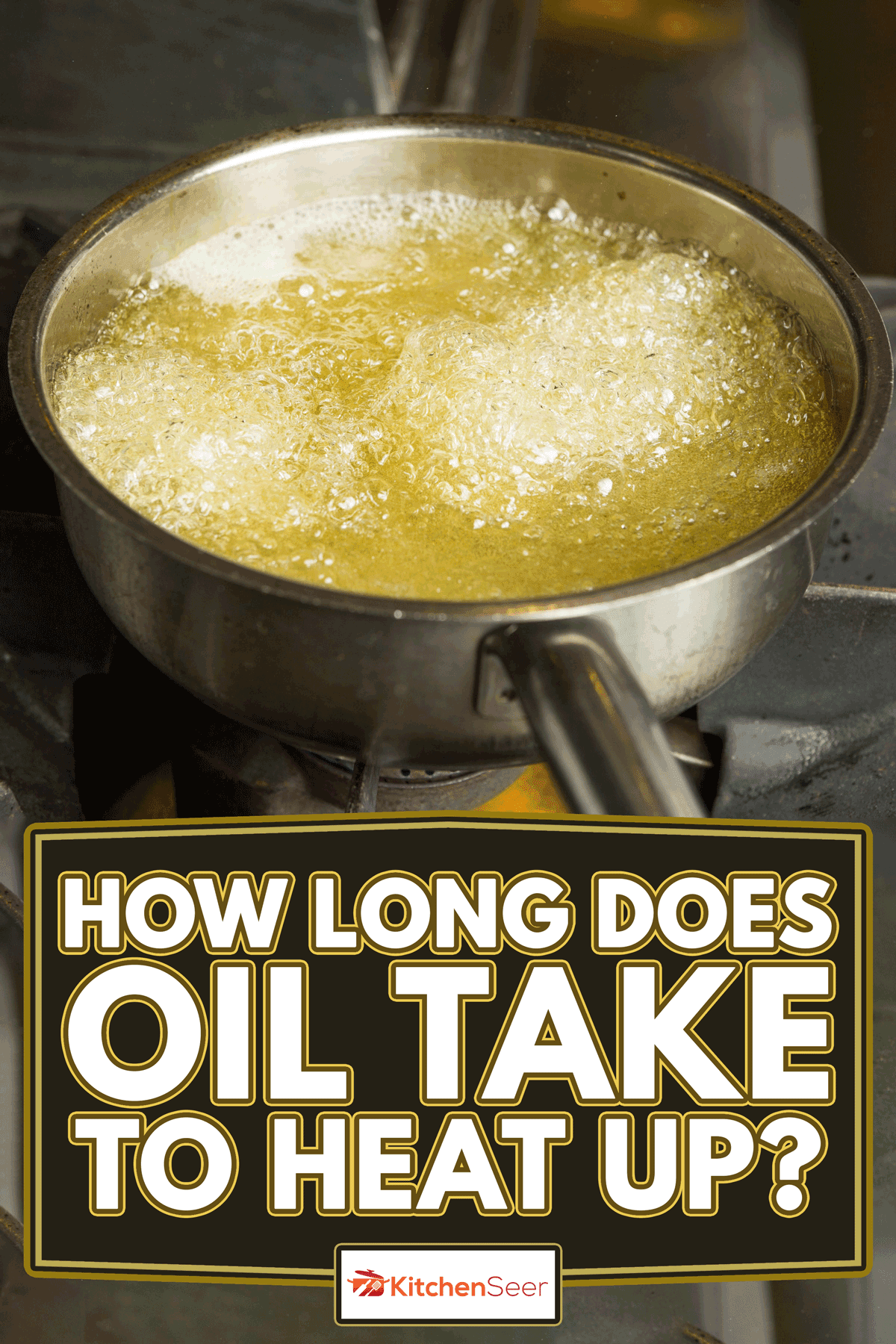
Why You Can't Always Rely On Time When Heating Oil
We can't rely on time to tell us when the oil is ready. Of course, you'll want to know why that's the case. It's simple. It all depends on the stove you own.
There are several kinds of stoves that you will find in homes. For example, there are electric, gas, induction, and coil stoves.
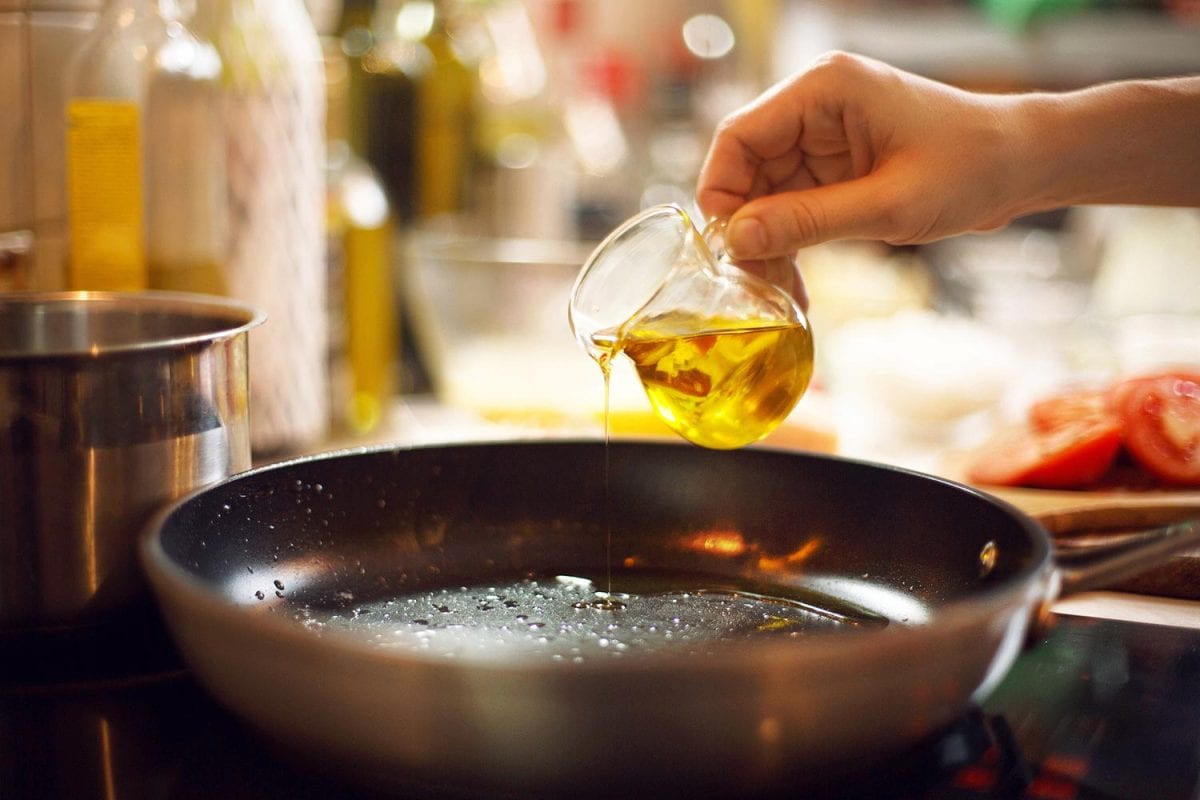
They all perform differently. Each one will give us a different result in how long it takes to heat the oil. There isn't a universal answer to the question for this reason.
Fortunately, we can use other methods to test if the oil is ready.
How Do You Know When Oil Is Ready For Frying?
If you find that the oil is not ready after five to ten minutes, you can try alternative methods. Test each one to determine what works best for your situation.
Checking The Temperature
The first method is the most accurate one. However, you'll need a tool for it. More specifically, we'll need a thermometer to measure the temperature. It will also involve a bit of visual guidance.
You can start deep frying foods when the oil reaches 325 to 375 degrees Fahrenheit. So, you can use a thermometer to keep track. Clip-on thermometers would work the best. But, any would do.
Click here to see this thermometer on Amazon.
During this process, you might have to attend to other situations. Therefore, you won't be able to keep a close eye on the thermometer. However, we can use visual cues to tell us what to do next in your absence.
Using Visual Cues
Once you return to check the oil, there are a few situations that you will encounter. In the first case, you will find that the oil is producing light smoke. When oil starts to smoke, it means it's overheated.
Therefore, you'll have to take the pot or pan off the stove. Once the oil reaches a temperature range between 325-375 degrees Fahrenheit, you can continue deep frying.
However, if the oil produces a significant amount of smoke, it would be better to discard it. In this situation, the oil has reached its smoke point.
So, if you continue using it, it will impart a burnt, bitter flavor to the foods you are preparing.
Oils don't react the same to high temperatures. Some of them have a high smoke point. Others have a low smoke point. Thus, it's essential to do your research before using it for deep frying.
Placing Food In The Oil
Another bit of information you should know is what happens when you place food into the oil. If you're keeping a thermometer handy, you'll see that the temperature drops when you introduce foods.
There's no need to panic when this happens.
It happens because the food you add is generally cold enough to change the temperature of the oil. As long as it recovers heat, your frying experience should go well.
A good temperature range to recover is around 275 to 325 degrees Fahrenheit.
Avoid letting it go lower than that range. Otherwise, it tends to produce greasy and soggy food. If you're introducing a large amount of food, do it gradually. Let the oil come up to temperature before adding more.
Checking Without A Thermometer
Sometimes we don't have enough time to go out and purchase a thermometer. So, we'll have to do with the items we already own. Luckily, there is one item that every cook should have.
A wooden spoon can help us check when the oil is hot enough. It doesn't matter the amount you're working with. Whether it's a pot of it or a small layer, you only have to stick it in there.
Use the stick end of the wooden spoon. Leave it touching the oil. You'll know the oil is hot enough when bubbles form.
However, you'll have to keep a close eye on how they react. When you place the spoon on the oil at the start, you'll see large, slow bubbles. As it heats up, the behavior of the bubbles will change.
The bubbles will become smaller and move faster. In other words, it would react the same as if you put food in the pan. At this point, the oil is ready for frying.
Using A Bit Of Food
If you somehow don't own a wooden spoon, there's one last way to check if the oil is hot enough. This method involves using a bit of food. So, go into your pantry and grab a single popcorn kernel or a piece of bread.
You don't need a whole slice of bread. A few one-inch squares should work. However, the way you perform these methods differ slightly.
Popcorn kernels can be dipped into the oil immediately. It will only pop once the oil temperature reaches 350 to 360 degrees Fahrenheit. Once it pops, you can remove it and start frying!
Using bread requires a few trials and errors. As the oil is heating up, you can drop a bread square into the pan. The bread should take around 60 seconds to brown if the oil is hot enough.
It requires more attention. But, it can work in a pinch. Alternatively, you can take a small portion of the food you're frying as a test dummy. Drop it into the oil and observe the reaction.
If the oil isn't bubbling immediately, it's not ready for frying.
Which Oil Is Good For Frying?
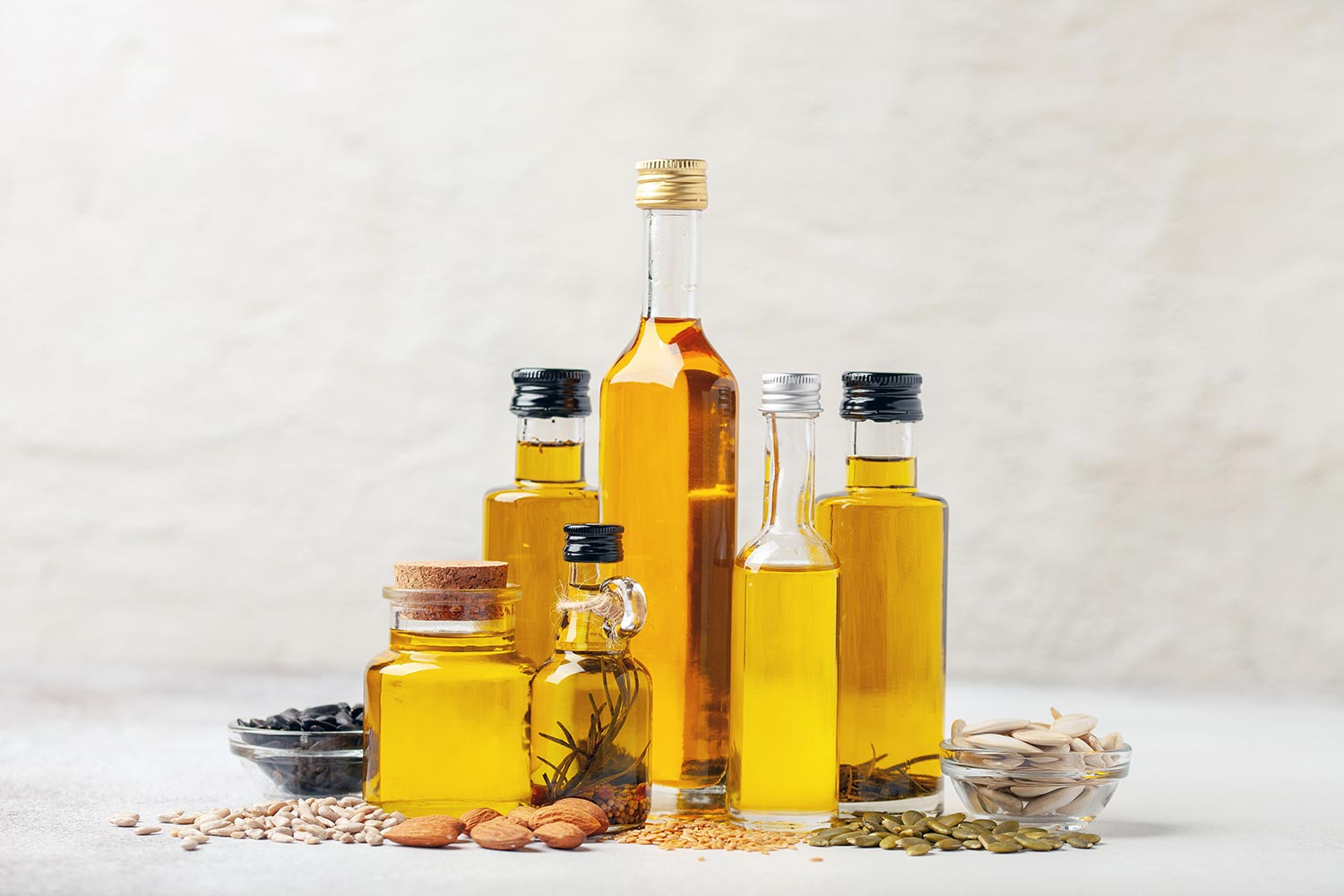
When you're looking to make fried foods at home, your options in oil might seem endless. There's canola oil, avocado oil, and much more! However, some of them are terrible for high heat cooking.
Oils are not interchangeable. Some are better for salads as dressing. Others do well for high heating cooking. One factor you should consider when choosing an oil is its smoke point.
You should also think about what you're trying to prepare. Are you searing, browning, or deep frying? If that's the case, use an oil with a high smoke point.
Some examples that come to mind are avocado, sunflower, and refined olive oil.
Will you be baking or stir-frying? Medium-high smoke point oils are your go-to. Examples of medium-high smoke point oils are canola, grapeseed, olive, and peanut oil. In general, a good frying oil has high oxidative stability.
What Kind Of Oil Do Restaurants Use For French Fries?
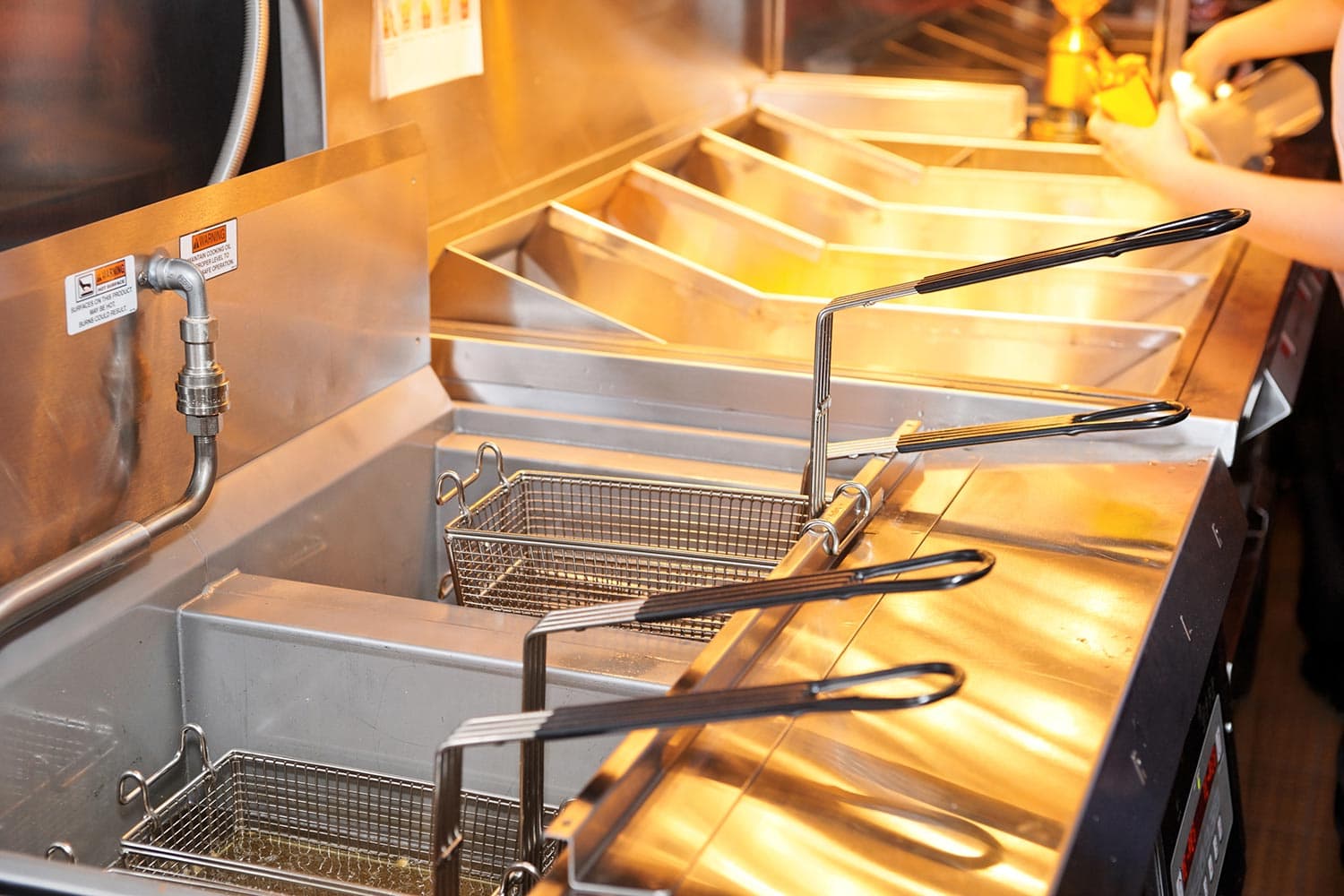
It's impossible not to love outside food with how delicious it can be. However, if we want to replicate it, we need to know what restaurants use to cook. One side dish people love french fries.
What type of oil do commercial restaurants use to prepare french fries? As some suggest, the three popular choices are canola, peanut, and blended oil.
Canola oil is popular because it tends to be the most readily available and affordable. In addition, it's highly resistant to degradation. So, it's going to be tough to reach its smoke point.
Peanut oil has a higher smoke point than canola oil. However, restaurants can get picky with choosing this one. It's mainly concerning customers with a peanut allergy.
Sometimes restaurants require the best of different kinds of oil. Deep fryers can operate at temperatures as high as 450 degrees Fahrenheit. So, they need something cheap and highly resistant.
The two popular blends restaurants use are canola/soybean and peanut/soybean oil.
What Kind Of Oil Does Burger King Use?
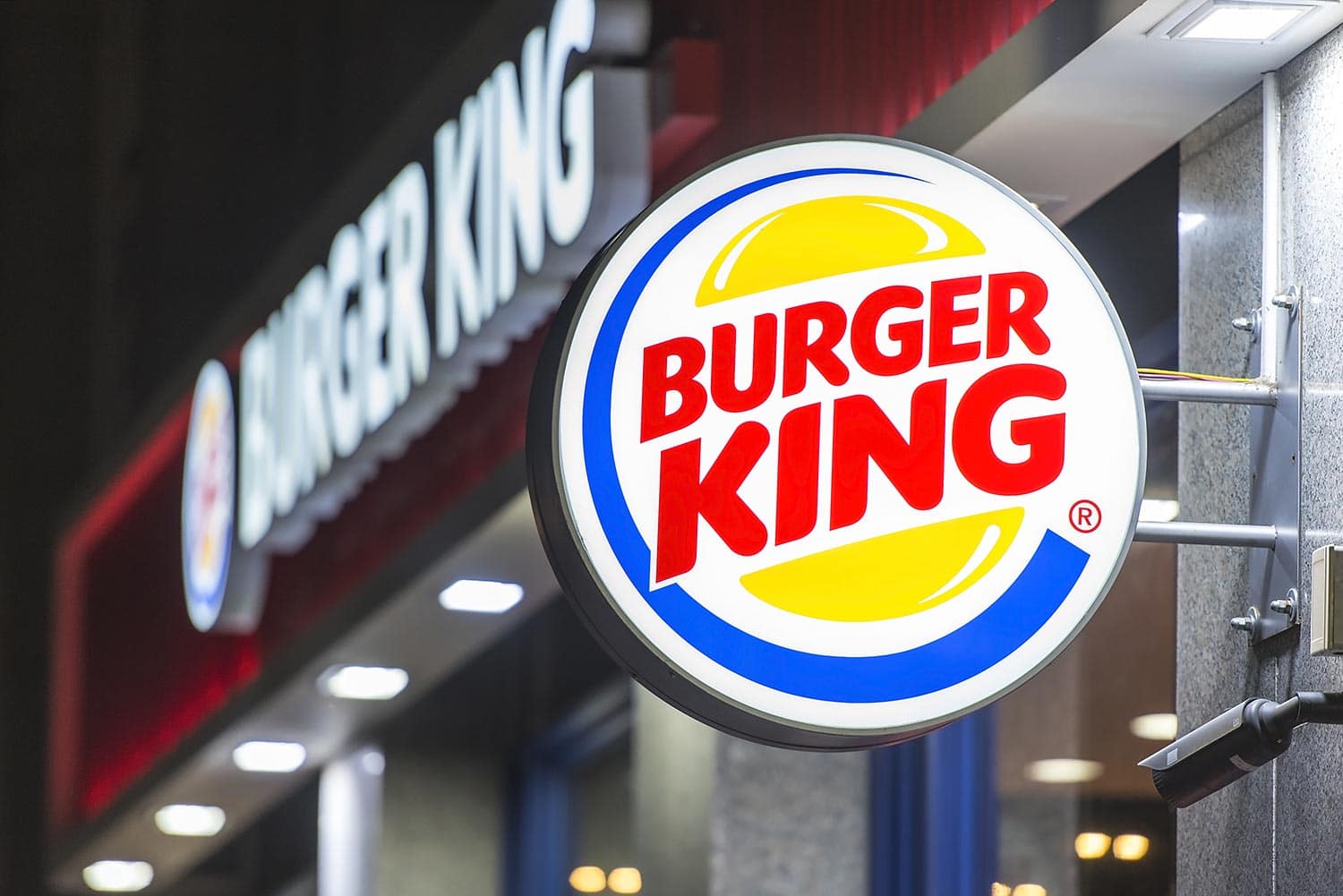
Craving outside food means you're trying to replicate the food from specific restaurants. One of them could be Burger King.
If you want to achieve similar results, there are four kinds of oils they use in their fryers. Burger King uses corn, canola, soy, and cottonseed oils for deep fryers.
What Kind Of Oil Does McDonald's Use?
If you're a McDonald's person, you'd probably want their ingredient list instead! McDonald's fries are like no other. If you're going to replicate them at home, you might do a few test trials.
Unfortunately, McDonald's uses a canola blend. They don't specify the other oils present in the recipe.
Our Final Takeaway
While time is reliable in other areas, it's not in cooking. Since we don't own the same equipment, you'll have to use alternative methods to check the temperature of the oil. Fortunately, you have various options to consider. Which one will you try out?
Before you go, do you have other oil concerns? Do you only have avocado oil at hand? It's a good choice for frying! For more information, check out:
Can You Use Avocado Oil For Frying?
Are you preparing french fries? If you want to know the best oil for them, check out:
5 Best Oils To Use For Making French Fries



![A bowl filled with fresh french fries, How Big Is A Serving Of French Fries? [And How Many Fries Are In One?]](https://kitchenseer.com/wp-content/uploads/2021/09/A-bowl-filled-with-fresh-french-fries-250x250.jpg)
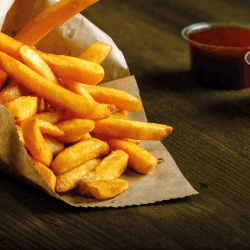

![A glass jar with creamy peanut butter on wooden table, Can Peanut Butter Go Bad In Heat? [Yes! Here's How To Tell If It's Spoiled!]](https://kitchenseer.com/wp-content/uploads/2022/10/Glass-jar-with-creamy-peanut-butter-on-wooden-table-250x250.jpg)
